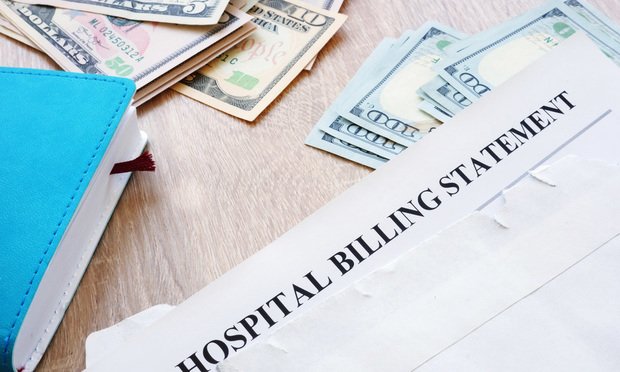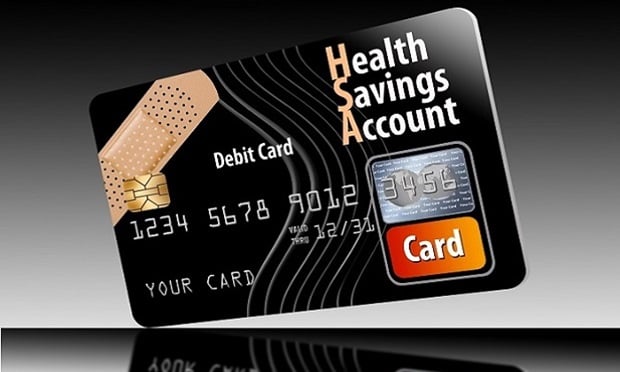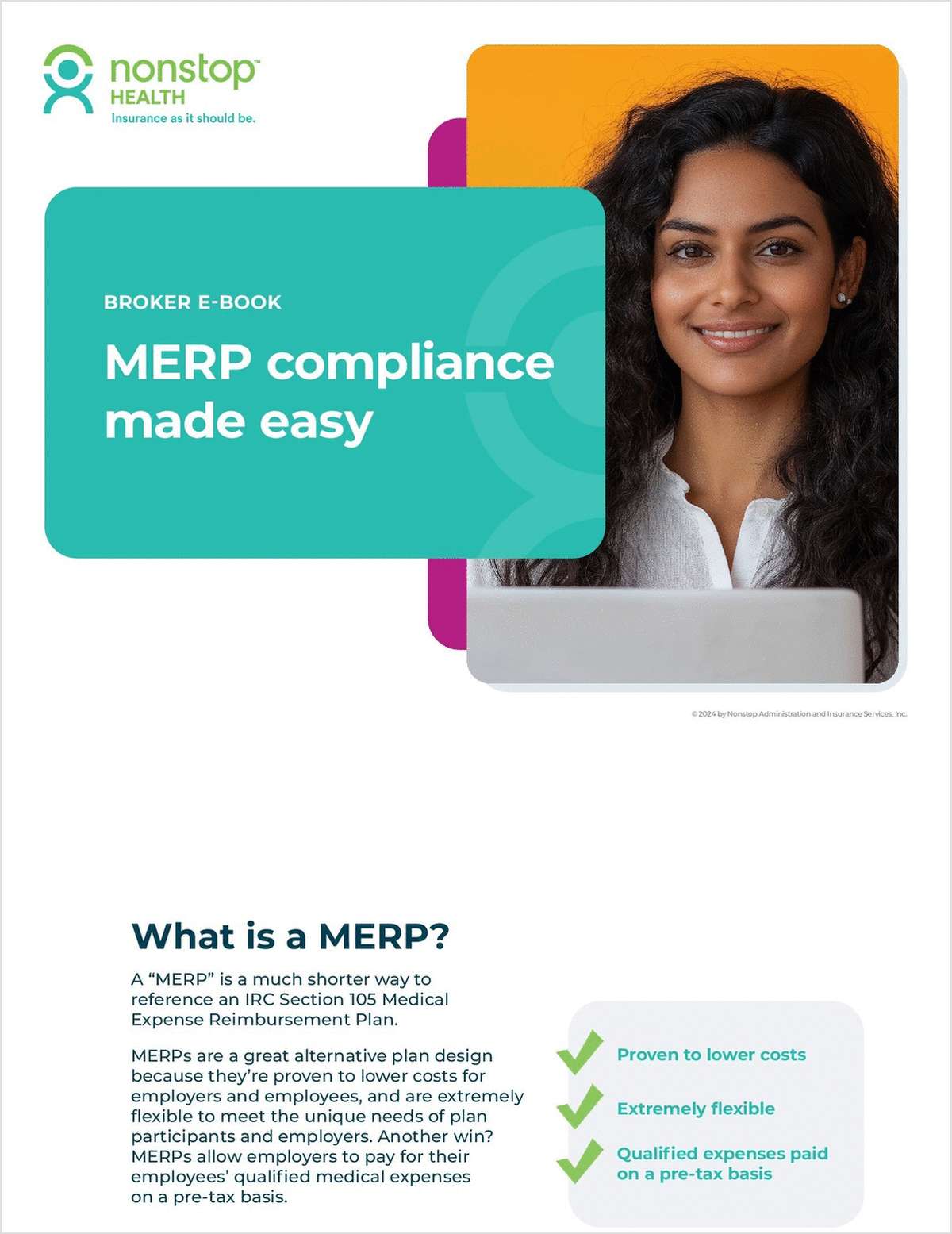Electronic health records have made life a lot easier for hospice physician Kate Christenson. But more importantly, they have given her more time with her patients.
As a physician working with end-of-life patients, Christenson frequently needs to examine her clients' extensive medical histories. “If I had to be thumbing through a thick-thick chart to look back on their records over the years, it would take all day,” the Kaiser Permanente doctor who also acts as medical director for the carrier's internet services group, says.
With an EHR, she also can send notes to her patients' primary care doctors quickly and frequently, with patient records attached.
“I can get a good overall, in-depth idea of what they've been through, what kind of discussions they have already had about their end of life choices,” Christenson says. “There's a lot of ground I don't need to cover with them because I already know it. I'm able overall to spend less time with a chart and more time with patients.”
But Christenson isn't part of any majority. While many agree massive change is the right prescription for the health care industry, there are a number of people avoiding jumping on the tech bandwagon. It might sound great in theory, but in practice, it can be confusing and difficult, leading some doctors desiring to cling on to their clipboards and prescription pads.
“For their entire careers, doctors have had the same ways of doing things. They've tracked their information in a paper chart; they know how to find certain pieces of information; they are consistent in how it's tracked,” says Derek Kosiorek, a consultant at the Medical Group Management Association, who helps doctor practices across the country implement electronic health records and other technologies.
“And now, the industry, society, is taking that method of doing things and completely turning it on its ear,” he says. “We are taking every piece of information that's in a paper chart, shuffling it like a deck of cards, and placing it on a computer screen and asking them not only to find the information, but to continue to add information in different ways than they've always done it.”
Their hesitance—and resistance—to a transition is both “very understandable and very difficult,” Kosiorek says.
What's not questionable is the abundance of technology already available.There are new ways of providing care—and getting patients involved—through smart phones and tablets. Some medical offices are using iPads for checking X-rays. Other doctors are talking to their patients about healthy living via email or blog posts rather than in the patient room. Patients can check and track important health indicators in their personal records online.
Then, of course, there are EHRs, which are supposed to singlehandedly change how millions upon millions of patients are being tracked. They were intended to make life a little easier for everyone, yet adoption has been sluggish and systems have been imperfect. Ultra-smart technologies won't be efficient or ultra-anything if health providers choose not to embrace them.
Time for change
Technology has revolutionized virtually every other industry, and it's only a matter of time until the health care world fully embraces it, experts say.
Kosiorek, for one, points out that the banking industry went through the same transition 25 to 30 years ago.
“It's to the point where if you went to the bank and they weren't using computers, you would not use them as your bank anymore,” he says. “And that's where the medical industry is going.”
The U.S. health department is even on a mission to push health information technology, kicking off a campaign that prioritizes it in 2013. One major initiative is to accelerate the adoption of electronic health records among physicians—aiming for half of all physician offices to use them by year-end—while also aiming to improve interoperability.
The administration also offered incentives to doctors who adopt EHRs, and assessed penalties to those who do not. Centers for Medicare & Medicaid Services Acting Administrator Marilyn Tavenner says they will “improve the way care is delivered while lowering costs.
“Health IT and the secure exchange of information across providers are crucial to reforming the system, and must be a routine part of care delivery,” she says.
Why not?
But not everyone agrees. One argument is that the ongoing evolution of health IT will take the focus off of patient care.
“Doctors sometimes use the excuse that patients don't feel as comfortable because they are spending time in front of the computer, but patients feel better when there's a computer in the room because they feel that their information is getting tracked better,” Kosiorek says.
It's also safe to say doctors are somewhat set in their ways.
“They are to the point that they acknowledge there are advantages, but not to the point where they're seeing them yet,” Kosiorek says.
Just like anyone else who's an expert in their profession, seasoned doctors naturally are more hesitant to adopt new ways of doing things. Some are even choosing to retire early instead of learning how to implement and work new technology.
A recent report from Accenture found that an increasing number of U.S. doctors also are expected to leave private practice for hospital employment over the next 18 months, due to rising costs and technology mandates. More than half of doctors (53 percent) cited EHR requirements as a main reason for leaving private practice.
Younger doctors, on the other hand, are seeing an easier transition, Kosiorek notes, as some are now being trained on EHRs.
But it's not all about age. A lot of it comes down to trust—or rather, distrust.
“People have an inherit distrust in using technology,” Kosiorek says. “If something is inaccurate once, the credibility is lost.”
For instance, when it comes to EHRs, there still are glitches to be worked out in many of the systems. EHRs can adversely affect production if it loses Internet connection, freezes up or changes screens too slowly, for example.
Some researchers even point to a “technology overload.”
A research letter published in JAMA Internal Medicine in March finds that EHRs could cause information overload. The survey of primary-care practitioners from the Department of Veterans Affairs shows nearly one-third of those using the EHR system reported having missed or failed to follow up on key electronic alerts about patient test results.
The study suggests that's because the primary care practitioners were getting too many alerts from the VA's EHR system.
More than half of those surveyed said the system, as it works now, makes it possible for providers to miss test results. About 30 percent reported an incidence ithat happened resulting in delays in care.
Additionally, some are skeptical of the so-called dramatic savings.
In recent analysis from the RAND Corp., researchers say despite huge investments in EHRs—upwards of billions of dollars—cost savings are still elusive. That's mostly due to the “sluggish adoption of health IT systems,” coupled with the choice of systems that are neither interoperable nor easy to use; and the failure of health care providers and institutions to reengineer care processes to reap the full benefits of health IT.
Perks
Though wrinkles remain, there are benefits.
A doctor can prescribe from the exam room and it goes right to the pharmacy. Doctors don't have to pack up their files when they leave the office. Administrators don't have to go searching for every stray piece of paper. And of course, consumers can track and follow their own health information online at their convenience.
“Most of the physicians who use it say they wouldn't go back,” Christensen says.
Overall, tech can help with time, eliminating the expectation of immediacy. “When you call and get put on hold, you're counting the minutes that you're on hold. If you send an email through the portal, [the doctor has] a lot more time,” Kosiorek says. “You're not expecting an answer in the next five minutes. It could be a couple of hours, it could be 20 hours, and you're OK with that. It makes the staff so much more efficient. There's no phone call that interrupts everything.”
Doctors also don't have to make appointments for a question or a clarification that can be answered online in a matter of minutes, Christensen adds.
Perhaps most important is the fact that patients are the ones leading the tech charge, asking for change in how health care is delivered.
Kaiser Permanente is perhaps the best example of a carrier that has embraced all aspects of health technology. They transitioned to EHRs a decade ago, and use an online member portal, kp.org, as well as an app that encourages online review of patient records and lab work; prescription refills; doctor/patient emails; and a variety of health tools and information.
“Patients almost universally love it,” Christensen says. “They so appreciate the convenience and the respect for their time and their busy schedules.”
Denver Kaiser patient Victoria Francis has been utilizing email with her doctor since she became a Kaiser Permanente patient last year.
“I love it; I use it all the time. I've always heard back right away, way quicker than any time I've had to leave a message,” she says. “Plus then I could just read the email and don't have to get up from my desk to take a call.”
The technology also puts her at ease, she says, in an otherwise scary situation.
“I have doctor anxiety so the technology is great for me. If I don't have to do it in person, I feel more confident and like I can better explain myself,” she says, noting that she's emailed her doctor about prescription refills, how different medicines worked for her and making appointments.
The more connections and conversations she has with her doctor online, the more comfortable she feels with her and the more likely she is to go in for an in-person visit when needed, Francis says.
That's a big hope for health IT—that it will make patients more proactive about their health. But before that happens universally, doctors are going to have to be willing to do their part first.
“Unless you really use the technology, it's hard to realize the gain,” Kosiorek says. “And worse, it's hard to realize the efficiencies and advantages that go along with it.”
Complete your profile to continue reading and get FREE access to BenefitsPRO, part of your ALM digital membership.
Your access to unlimited BenefitsPRO content isn’t changing.
Once you are an ALM digital member, you’ll receive:
- Breaking benefits news and analysis, on-site and via our newsletters and custom alerts
- Educational webcasts, white papers, and ebooks from industry thought leaders
- Critical converage of the property casualty insurance and financial advisory markets on our other ALM sites, PropertyCasualty360 and ThinkAdvisor
Already have an account? Sign In Now
© 2024 ALM Global, LLC, All Rights Reserved. Request academic re-use from www.copyright.com. All other uses, submit a request to [email protected]. For more information visit Asset & Logo Licensing.








